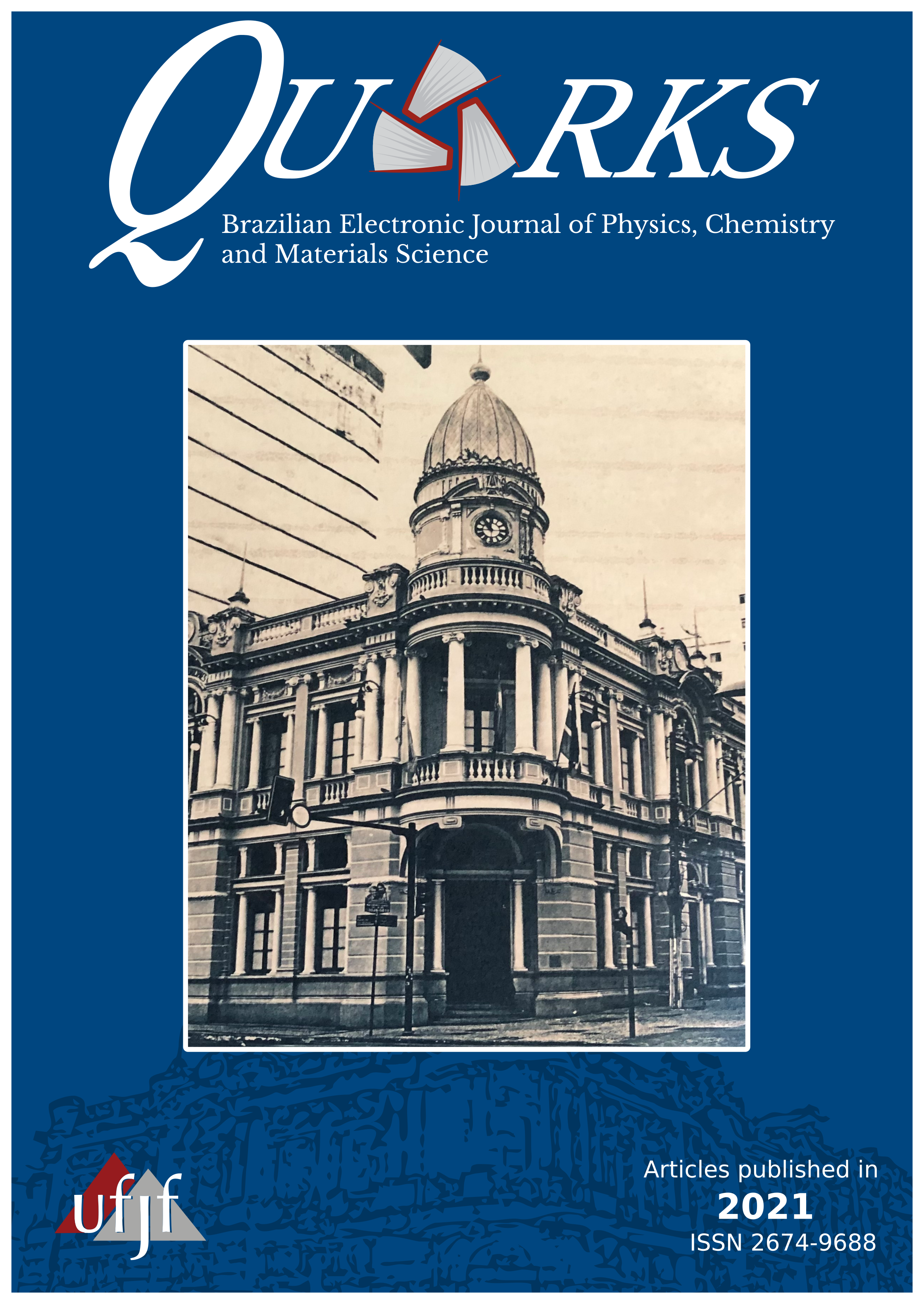Electrical characterization of milk samples by Electrical Impedance Spectroscopy (EIS)
DOI:
https://doi.org/10.34019/2674-9688.2022.v4.36763Keywords:
Development of Methodology, Electrical Impedance Spectroscopy, Materials Characterization, Technologic InnovationAbstract
This work presents a study of electrical impedance spectroscopy (EIS) as an alternative to characterize milk, aiming to develop an analysis methodology. The behavior of the electrical impedance module, the real part and the imaginary part (reactance), and the derived quantities such as admittance, phase and diffusion coefficient (D) were also analyzed and will be discussed. Comparisons of the measured spectra with theoretical models of equivalent circuits were carried out in order to understand the electrical behavior of the samples. Understanding this electrical phenomenon will help in the development of future analysis methodologies and applications. The results indicated that milk is a solution with predominantly resistive behavior with resistance of approximately 500 Ohms, capacitance of about of 0.5 MicroFarad (μF) and admittance of the order of MiliSiemens (mS), presenting small storaged charge due to low viscosity. The best-fitting equivalent circuit was a mixed RC model consisting of a series resistor coupled with a resistor in parallel with a capacitor.


